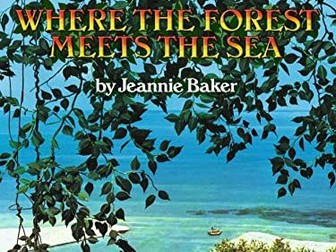
Year 4 English - narrative writing unit - The Great Kapok Tree by Lynne Cherry
A 4-week writing sequence, aimed at Year 4 students, based on the book ‘The Great Kapok Tree’ by Lynne Cherry, which was linked to our overarching ‘Rainforest’ topic.
The planning includes weekly lesson planning templates, lesson powerpoints and supporting resources for individual lessons.
Grammar objectives, such as writing and punctuating direct speech, expanded noun phrases and fronted adverbials, are embedded into the planning and lessons to be taught contextually.
The final outcome requires the students to create their own adapted version of the story, using a similar structure to The Great Kapok Tree.



